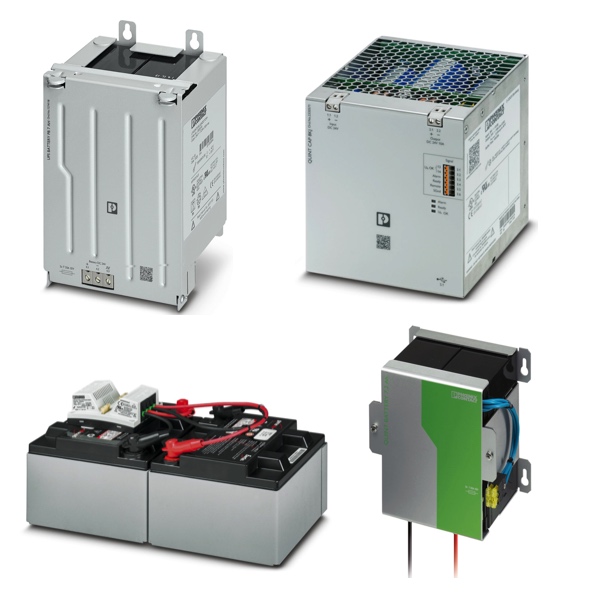UPS Batteries

UPS batteries are the core component of any UPS system, ensuring uninterrupted power to critical equipment during utility outages. These batteries store energy and deliver it instantly when power is lost, giving users time to shut down safely or continue operations without interruption. In environments like server rooms, healthcare facilities, and industrial settings, ups batteries are essential for protecting sensitive systems and minimizing downtime. Without reliable battery support, a UPS would fail to serve its primary purpose of bridging the gap between power loss and generator activation or system shutdown.
Over time, the performance and life of UPS batteries decline due to age, usage, and environmental conditions. Regular maintenance and timely battery replacement are necessary to maintain the integrity of the UPS system. Although most batteries used in UPS systems are sealed lead-acid types, some applications may use lithium-ion or other advanced chemistries, depending on runtime needs and installation constraints. The life of these batteries typically ranges from three to five years, but factors such as temperature, load, and discharge frequency can affect longevity. It is important to monitor battery status and schedule replacement before failures occur to ensure continuous protection for critical equipment.
UPS Basics: Uninterruptible Power Supplies
An Uninterrupted Power Supply (UPS) is an electrical device that provides backup power via a battery to a load when regular utility power has been lost. Depending on the UPS, some can provide protection against voltage spikes or power surges that help protect any equipment that is connected to the UPS. UPSs are not intended to be used for long periods of time. Typically, they are only used for short periods of time to provide critical backup power until an alternative power source can be provided.
UPSs allow any electrical equipment connected to it to continue to run in the event of a power outage. For example, control cabinets in industrial applications can be kept running, making sure that the critical monitoring and controlling functions are not interrupted. UPSs allow enough time to save data on a computer that might be in jeopardy, due to a sudden power outage. UPSs can also act as a bridge while the backup generator is coming online and synchronizing with the electrical system.
Standby or offline UPSs work with equipment that is typically energized by utility power. When the voltage being received by the UPS falls below a certain level, the UPS switches the connected equipment to the inverter connected on the UPS. At this point, the UPS will begin providing backup power from the battery.
Online UPSs works with equipment that is constantly drawing power from the battery through the inverter, so no switching is necessary. In this case, utility power is only being used to keep the battery charged. This allows for much more seamless power usage during an outage.

